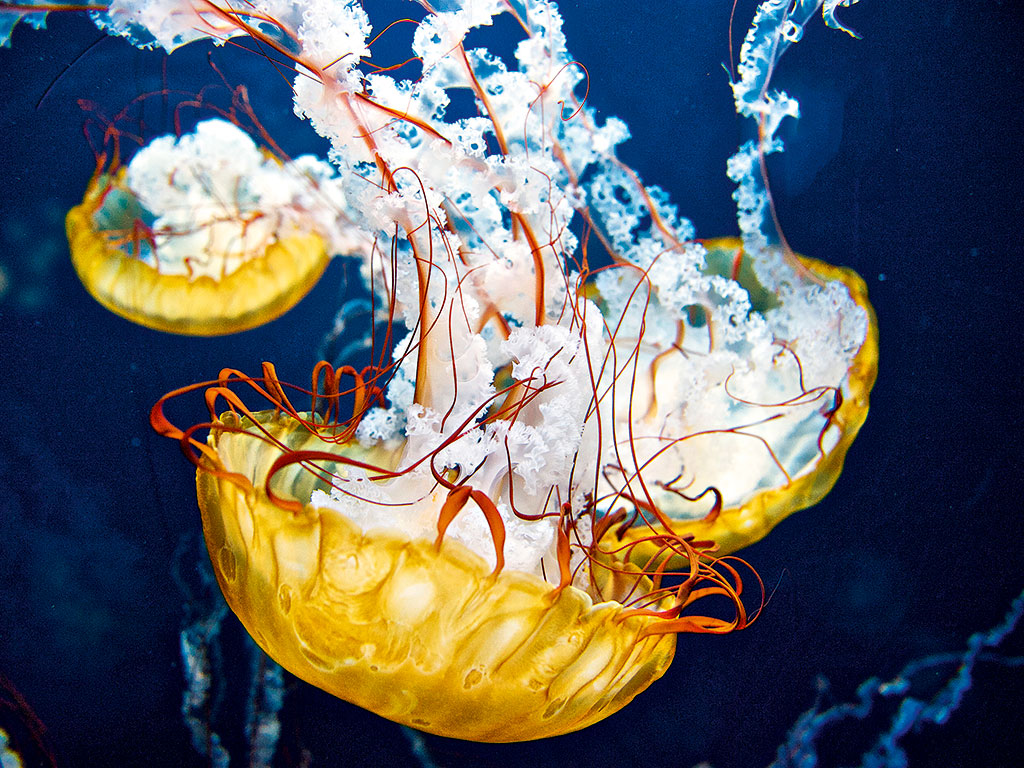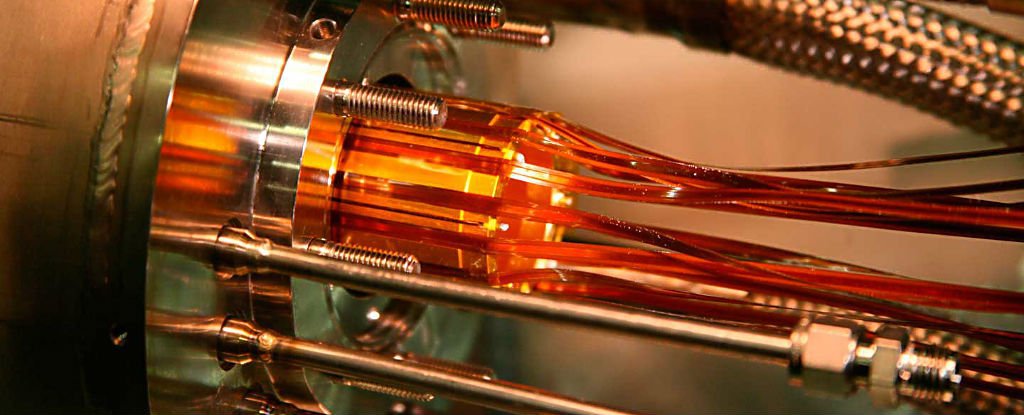You may not think that jellyfish could hold the key to unlocking great potential in the world of renewable energy, but these amazing creatures may just help save the planet and our energy dilemma. Normally people tend to view jellyfish as nuisance animals that clog intake pipes at nuclear power stations, turn over fishing boats, and cause havoc to the ecosystem in general, but this could all be about to change.
Scientists have now discovered a way to take jellyfish goo and use it to make sustainable solar cells which could help towards solving the world’s energy crisis that we’re facing. Six years ago, a droplet of a jellyfish’s green fluorescent protein (GFP) was exposed to a UV light when placed on an aluminum electrode. The result was that an electrical current was harvested and was enough to spur on scientists to grow their own GFP as they need to. Still over three quarters of electricity is produced using fossil fuels, which is too much. This equates to around a third of all emissions that are accelerating climate change, so it’s clear that something needs to be done. Traditional solar panels are a good source of harvesting renewable energy, but, because of the silicon, they are produced through energy-intensive processes, so maybe not so green after all.
Another issue is that these panels usually have to run for at least eight years before a return on your investment is seen. And, they typically have an efficiency level of 15 to 20 percent, which is not particularly great. So, that’s where Barry Bruce, a professor of biochemistry and cellular and molecular biology at the University of Tennessee and biosolar pioneer, and his team come in. Bruce says, “Most silicon panels have to run for eight to ten years before they recover the energy it took to make them. So there’s room for improvement. There are two billion people living without electricity right now. If they had, say, the light to read at night, they could learn to treat their water, learn to use vaccines, practice birth control, and learn to implement better agricultural practices. We could help overcome the world’s illiteracy obstacle.”
Similar type of research is being carried out all across the globe and another breakthrough came earlier this year from New York’s Binghamton University. Researchers here were able to assemble nine cyanobacteria-powered solar cells to form a solar panel and it managed to generate a whopping 5.59 microwatts, which is the most wattage of any small-scale biosolar cells. Seokheun Choi, director of Binghamton’s Bioelectronics and Microsystems Lab, says, “Biological systems have the advantages of being self-assembling and self-repairing. Also, they are extremely cheap and environmentally friendly to manufacture and scale up, compared with traditional solar cells. But, there is a long way to go. First of all, the power density must be increased significantly. There are many potential solutions for this. Genetically engineered bacteria will be one of them.” So, exciting times lie ahead in the world of renewable energy and hopefully with a little more funding and time, researchers will be able to crack this energy crisis.
More News To Read











